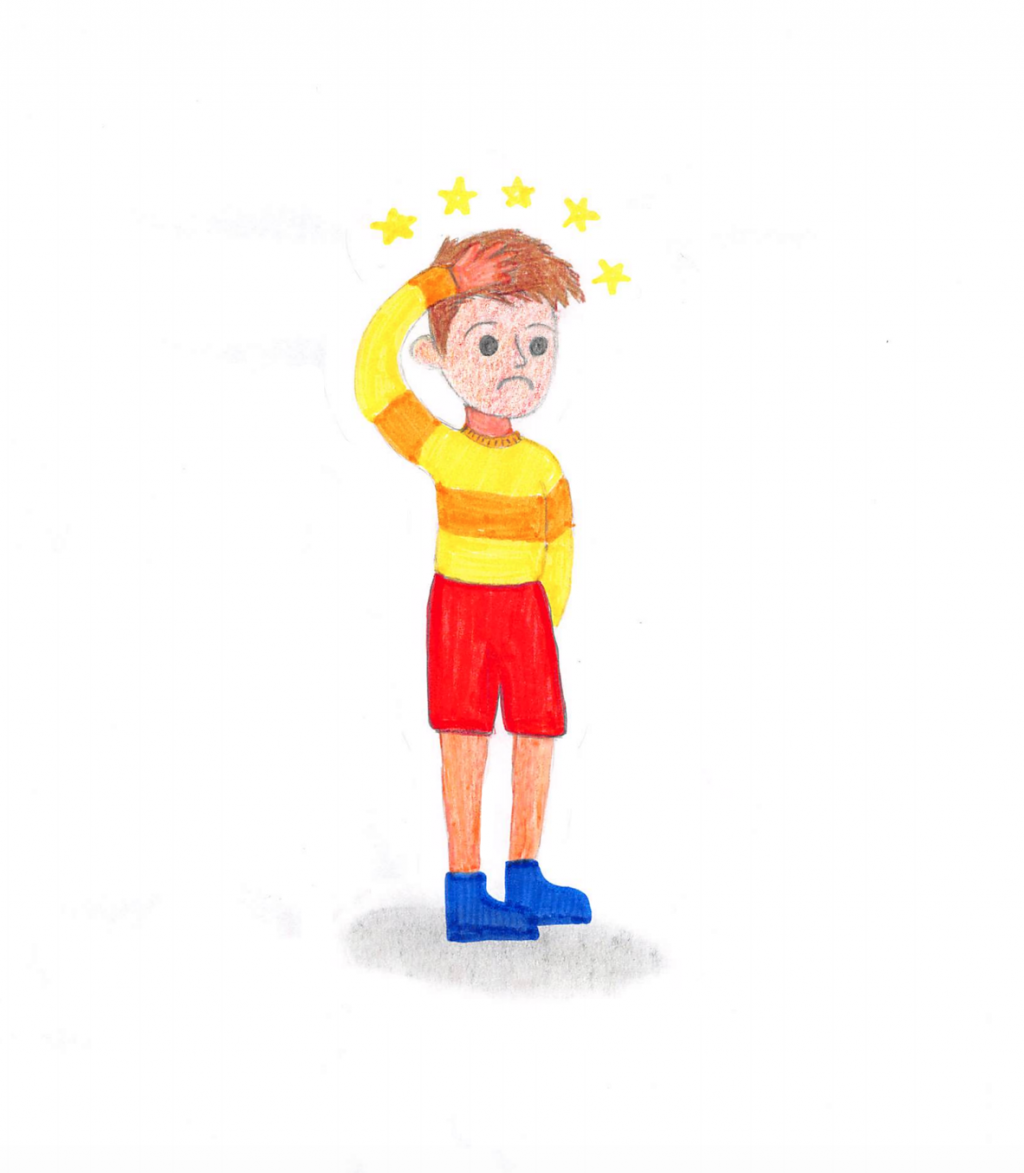One can suffer from a concussion when there is direct contact to the head, and the force of the impact is so strong that it causes the head to shake quickly. In the short term, concussions result in headaches, dizziness, and delayed reactions. But, concussions affect athletes in more ways than just for a few weeks; more recent research has shown the long term effects concussions have on athletes. If an athlete has multiple concussions, this puts their brain at serious risk. The long term effects of concussions can include brain damage, memory problems, sensitivity to light and disturbances in everyday life.
Most first time concussions are not very serious. First time concussions can have many harmful effects, including restricting physical activity, difficulty focusing, sensitivity to light and noise, and resting for a long period of time. Even though the direct effects do not seem too serious and seem fleeting, it leaves the person’s brain more vulnerable to brain injury. This leaves athletes at risk to have more concussions.
Specifically, in boys football there are many concussions. A study released in 2017 showed 110 out of 111 NFL players had chronic traumatic encephalopathy (CTE). CTE is a form of brain damage that is often caused by repeated head trauma. CTE is often caused by concussions and repeated head bashing, which is incredibly common in the NFL. Additionally, CTE can lead to more serious consequences like development of dementia, difficulties with thinking and memory, and personality and behavioral changes. In the NFL, 67.7% of concussions take place due to an impact with another player’s helmet. The risk of CTE and other brain damage increases significantly when the helmet of the hitter is lowered. But, the sole way to definitively diagnose CTE can be accomplished through a brain exam that can only occur after death, so players are often not aware of their situation.
The NFL has tried improving their helmets and other technology to lower the number of concussions. In 2017, the association introduced the “Vicis Zero1” helmet which was designed to soften the blows against NFL players’ heads. Players who wear this helmet include Russell Wilson, LaMar Miller, Golden Tate and Doug Baldwin. Although these helmets are helpful in trying to prevent concussions, they are not perfect, as many players still get concussions.
Additionally, another study found that in high school boy’s football, there are 10.4% concussions per 10,000 athletes that can later result in more serious injuries. Since the sport often involves players coming in helmet to helmet contact, the risk for concussions is very high.
Overall, there needs to be more precautions taken to improve the safety against concussions. Right now, athletes are still at a high risk for concussions and are not being protected in the correct ways. Instead of only considering the short-term symptoms, more precautions need to be taken to protect these athletes from concussions that result in more serious brain injuries.
Grace Gluckow
staff writer
Graphic: Tess Cundiff

